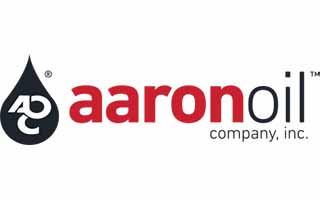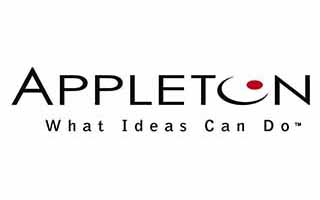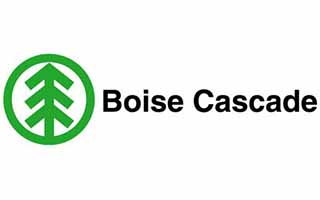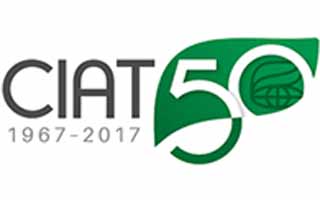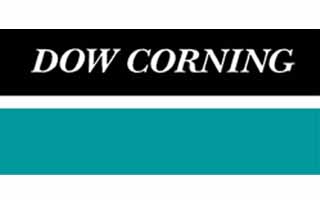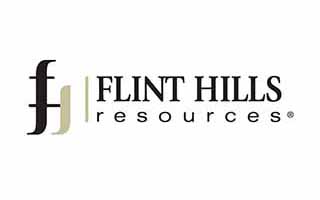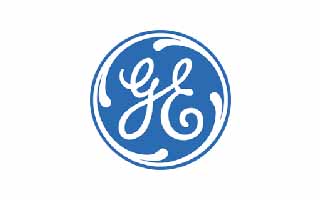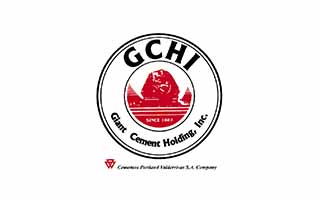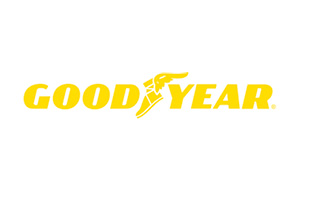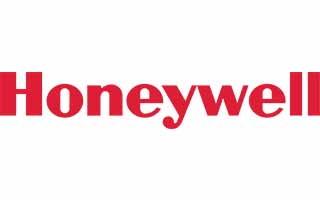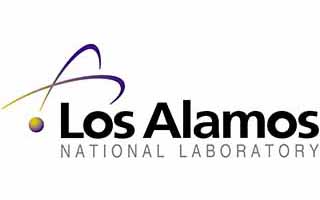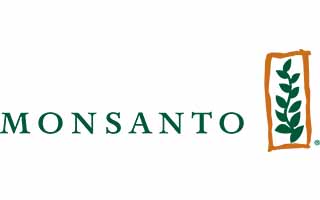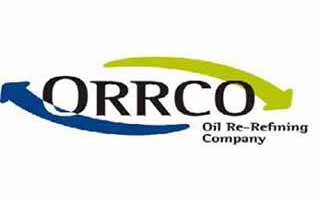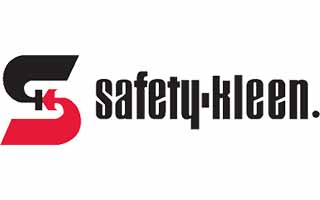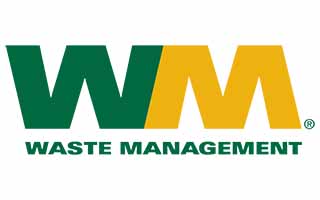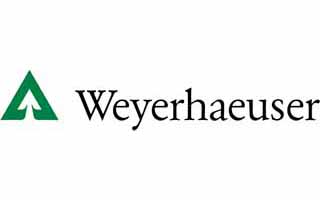The Standard in Environmental Testing Laboratories
Summit Environmental Technologies, Inc. is an industry leader providing environmental analytical laboratory testing services to consultants, manufacturing plants, waste disposal faculties, paper mills and wastewater plants – nationwide and worldwide. The laboratory is certified by NELAC.
Your one-stop personalized testing services include:
Contact Summit Environmental Technologies today and see how we can help you.

See Our National Interviews
Summit’s mission begins with analytical integrity and an unrelenting focus on service. Combined with a high degree of environmental, technical, analytical, and personal professionalism, our lab strives to provide our clients with only the best possible service throughout the industry.

Testing Services
Summit Environmental Technologies performs analytical testing services to industries and agencies nationwide and worldwide.
These include:
- Oil recyclers
- Paper mills
- Waste disposal facilities
- Manufacturing plants
- Municipalities
- Wastewater plants
- Petroleum refineries
- Environmental consulting firms
- Air emission consultants
Summit Environmental Technologies is used by:
Summit Environmental Technologies is used by:
Have a Question?
Contact Summit Environmental Technologies testing laboratories today!



